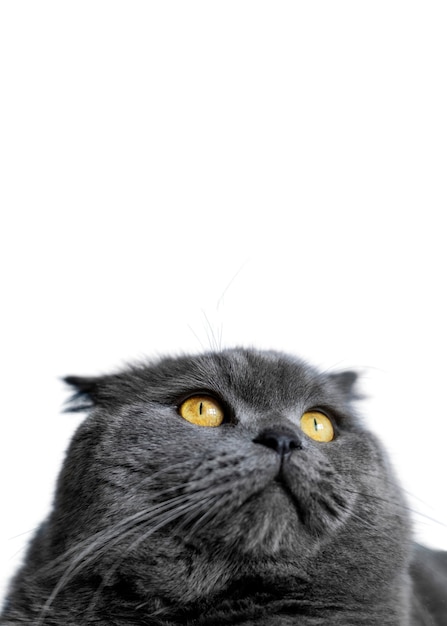The Function of Cat Litter Alternatives in Lowering Allergies
The Function of Cat Litter Alternatives in Lowering Allergies
Blog Article

Recently, the trend towards eco-conscious living has encompassed every element of our lives, including our cherished animals. As family pet owners end up being progressively knowledgeable about the environmental impact of their furry friends, the demand for natural cat litter has risen. However just what is natural cat litter, and why should animal owners consider making the switch? In this extensive guide, we'll look into the world of natural cat litter to explore its benefits, options, and whatever else you require to understand.
As environmental consciousness grows among family pet owners, the mission for sustainable cat litter options has actually taken spotlight. Standard clay-based litters, while popular, present environmental concerns due to their non-biodegradable nature and the ecologically extensive process of clay extraction. This has led to a rise in interest for environment-friendly alternatives that guarantee to be kinder to the planet without compromising on performance. This post looks into the world of cat litter options, highlighting their advantages, disadvantages, and what to think about when making the switch.
Clay-based cat litters, particularly those that are non-clumping, have actually been the go-to choice for decades due to their absorbency and smell control residential or commercial properties. However, their ecological footprint is worrying. The mining of sodium bentonite, a crucial element in clumping clay litter, is disruptive to ecosystems. Additionally, these litters do not deteriorate, contributing to land fill waste. Furthermore, the dust from clay litters can be harmful to both human and feline breathing systems, prompting pet owners to look for healthier, more sustainable alternatives.
Naturally degradable alternatives are made from a range of plant-based materials, consisting of recycled paper, wood pellets, corn, wheat, and walnut shells. These materials not just break down naturally in the environment however also often originated from sustainable resources, reducing the ecological effect associated with their usage.
Recycled Paper Litter is made from post-consumer paper waste, turned into pellets or granules. It's highly absorbent, practically dust-free, and ideal for felines and owners with breathing level of sensitivities. However, it may not control smells as efficiently as other products and generally does not clump.
Wood Pellets, sourced from lumber scraps, use a natural pine scent that reduces the effects of odors without synthetic fragrances. They're low in dust and soak up moisture well, turning into sawdust when wet. The sawdust can be sorted out, making the litter last longer, though some felines may not choose the larger pellet size.
Corn and Wheat Litter are understood for their clumping capability, similar to clay litters, making clean-up simple. They're biodegradable and compostable, with natural enzymes that help manage odors. Nevertheless, they can be pricier than conventional litter and might attract bugs if not kept effectively.
Walnut Shell Litter utilizes the natural absorbency of crushed walnut shells, providing exceptional odor control and clumping residential or commercial properties. It's dust-free and ecologically friendly but can be more costly and might not be suitable for felines with nut allergic reactions.
Silica gel litter, made from silica dioxide sand, oxygen, and water, is another alternative to clay. It's highly absorbent, controls smells successfully, and is low dust. While not biodegradable, it's lighter and can last longer than clay litter, requiring less regular modifications. However, its higher cost point and the texture, which some cat litter alternatives felines might find off-putting, are considerations for prospective users.
Felines can be specific about their litter. Slowly introduce the new litter by mixing it with the old, increasing the percentage of the brand-new litter with time to allow your cat to adjust.
Environmental Impact: Think about the lifecycle of the litter product, from production to disposal, to guarantee it lines up with your ecological values.
Health and Safety: Select dust-free or low-dust choices to secure both your and your feline's breathing health. Make sure the litter is free from chemicals or fragrances that could harm your pet.
Cost: While some alternatives may be more costly in advance, their durability and the quantity needed per modification can make them economical in the long run.
The Future of Cat Litter Alternatives
The pattern towards sustainable family pet care items is growing, with developments in cat litter options blazing a trail. Future advancements might consist of more effective eco-friendly products, enhanced smell control and clumping innovations, and even litter made from upcycled waste products. As consumer demand for environmentally friendly products increases, we can expect to see a broader series of options that do not jeopardize on benefit or performance.
The shift towards sustainable cat litter alternatives is not just a trend however a cat litter box furniture reflection of a growing awareness of ecological problems among pet owners. While traditional clay litters have controlled the marketplace for many years, the variety of naturally degradable and innovative materials now readily available deals promising choices for those aiming to minimize their environmental footprint. By considering aspects such as ecological impact, health and wellness, and cat acceptance, animal owners can make informed choices that benefit both their furry buddies and the planet. As the market develops, the future of itter Box Liners cat litter looks greener than ever, promising a great deal for felines, their owners, and the environment.